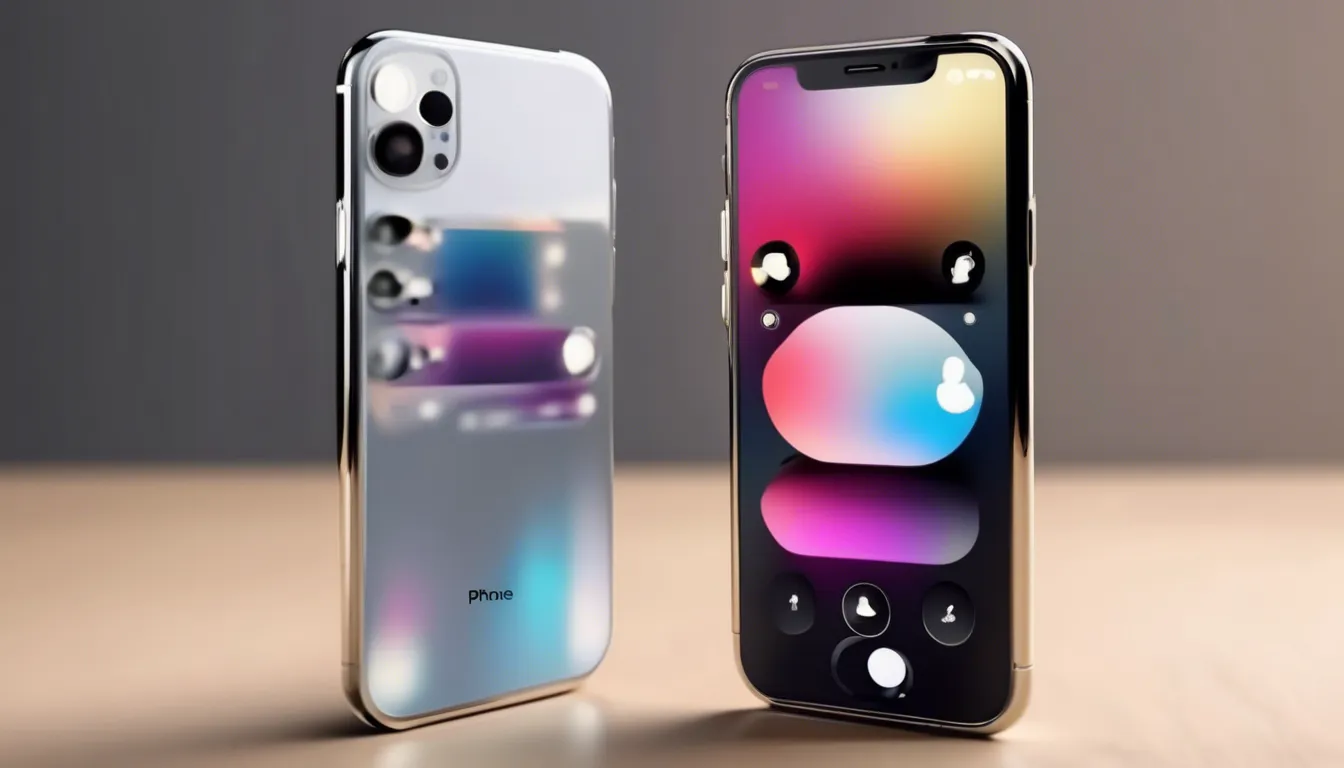Since its inception in 2007, the iPhone has revolutionized the way we communicate, work, and live. One of the most significant advancements in iPhone technology has been the introduction of the touchscreen, which set the standard for modern smartphones. This innovation allowed users to interact with their devices in a more intuitive and user-friendly way, paving the way for the development of countless apps and features that have since become indispensable to our daily lives.
As time went on, Apple continued to push the boundaries of technology with each new iteration of the iPhone. The introduction of features such as Siri, Apple’s virtual assistant, brought artificial intelligence (AI) to the palm of our hands, allowing for even greater convenience and functionality. Siri’s integration into the iPhone marked a significant step forward in the development of AI technology in consumer devices, setting the stage for the future integration of AI-driven features across the Apple ecosystem.
Today, the latest iPhones feature cutting-edge technology such as facial recognition, augmented reality capabilities, and advanced camera systems that rival professional-grade equipment. These innovations have not only solidified the iPhone’s position as a leader in the smartphone market but have also paved the way for the next generation of AI-driven technologies that will continue to shape the future of mobile devices. As Apple continues to push the boundaries of what is possible with each new release, it is clear that the evolution of iPhone technology shows no signs of slowing down.

 Exploring the Latest iPhone Gadgets and Tech Innovations
Exploring the Latest iPhone Gadgets and Tech Innovations